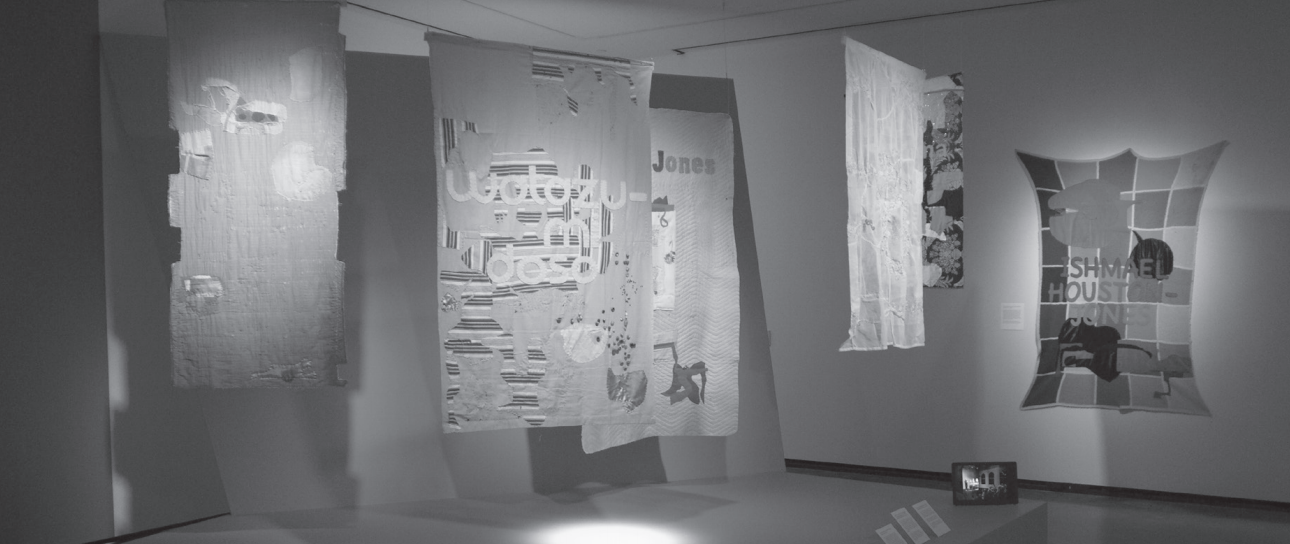
Until June 14, the Portland Museum of Art (PAM) will be showcasing “Being Present,” an exhibition revisiting the Portland Center for the Visual Arts (PCVA), otherwise known as “Portland’s most experimental art experiment.” Laurie Anderson, John Cage, Bill T. Jones, Sol LeWitt and other prominent artists exhibited or performed at the PCVA. Started by Jay Backstrand, Mel Katz and Michele Russo in 1972, PCVA was active for 15 years.
Produced by independent curatorial agency Triple Candie, the exhibition attempts to pay homage to the PCVA while remaining unbiased and not shying away from the controversy surrounding the PCVA. While celebrated for their work, the PCVA contributed to the white male domination of art. Apart from the exhibition but still inspired by the PCVA, Triple Candie made their own alternative space, currently located in Washington D.C., devoted towards the arts. Two University of Washington alumni, Shelly Bancroft and Peter Nesbett, founded the agency.
Upon taking your first step into the installation, your attention will be drawn to logs decorating the floor to the left. This part of the exhibition is a reproduction of a large scale, site-specific, ethereal piece designed by former PCVA members Carl Andre, Daniel Button, Donald Judd and Dan Flavin. While the museum acknowledges that the piece on display can never surpass the original creation, the replica is actually quite demanding. This collaborative surrogate of the original work has many parts, including mirrors, neon, found objects, constructed wood boundaries and blue tape alongside the logs. While only being a replica of a no longer existing work, “Act One: The Exhibitions” is a powerful piece that requires a keen eye and careful observation in order to take in all of the nuance of its many parts.
Separating various parts of the exhibition are informational panels reflecting on the social and liberal growth of Portland while recognizing that the city, the PCVA and similar groups all contributed to the discrimination and exclusion of minority groups. They provide insight into the development of the PCVA and its impact on American art history while forcing attendees to ponder the dilemma of if and how we should celebrate an artistic organization whose social values reveal stark biases that counteract our ongoing movement toward racial and gender equity.
The exhibition changes pace halfway through in order to mimic the change that the PCVA underwent during the ’70s and ’80s. The PCVA started focusing more on performances, specifically music, dance and theatre. Triple Candie created elegy-like pieces for the artists using tapestries and banners constructed of fragments of old clothes, blankets and curtains.
“Being Present” comprehensively explores this fascinating portion of Portland’s former art scene,making the climb to the fourth floor of PAM’s Jubitz Center for Modern & Contemporary Art well worth it. The exhibition intends to inform the audience without bias, allowing them to draw their own conclusions about this controversial organization. It has done an amazing job at visually representing artists through tapestries and detailed descriptions of them and their involvement with the PCVA.
Subscribe to the Mossy Log Newsletter
Stay up to date with the goings-on at Lewis & Clark! Get the top stories or your favorite section delivered to your inbox whenever we release a new issue.

Leave a Reply